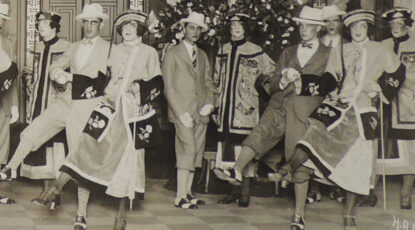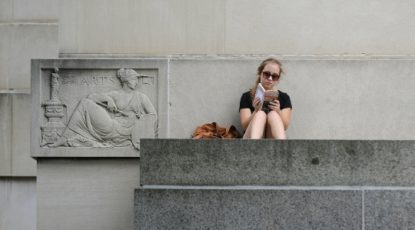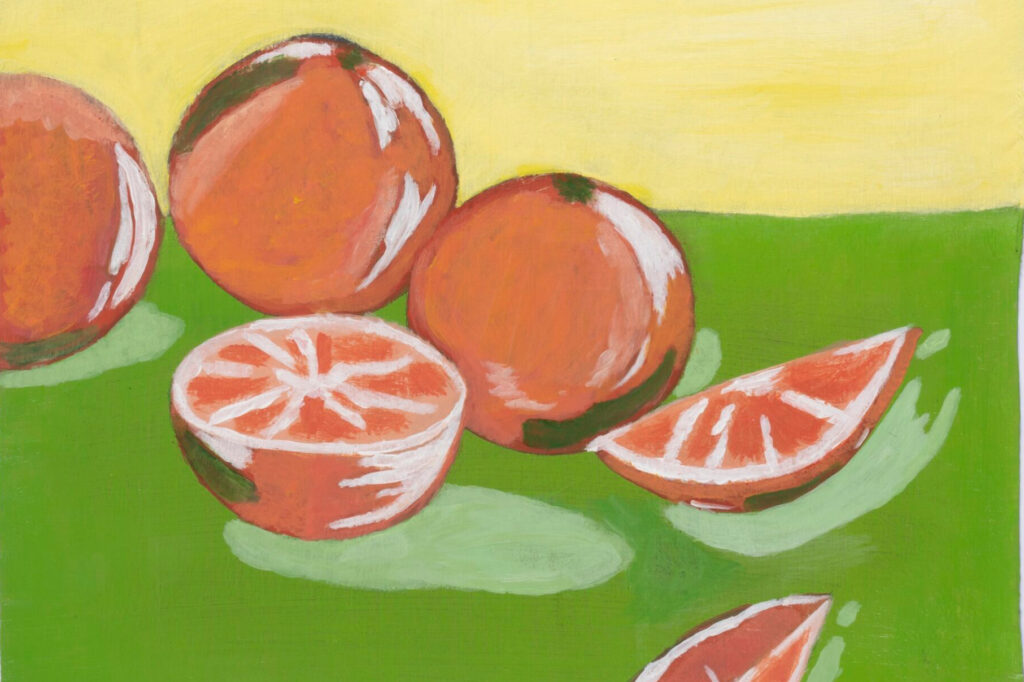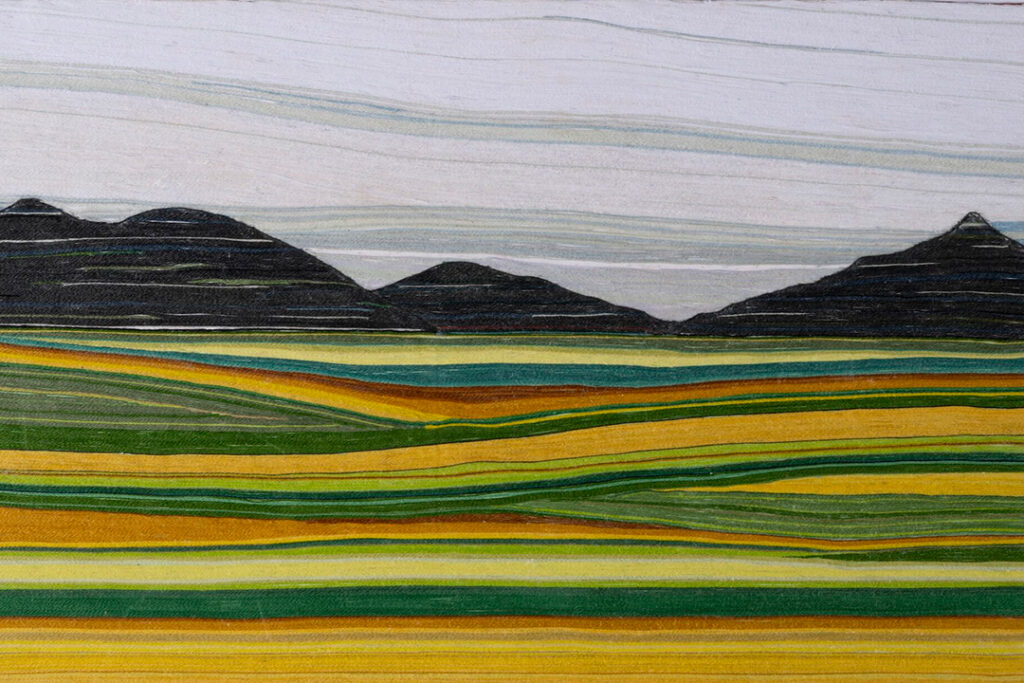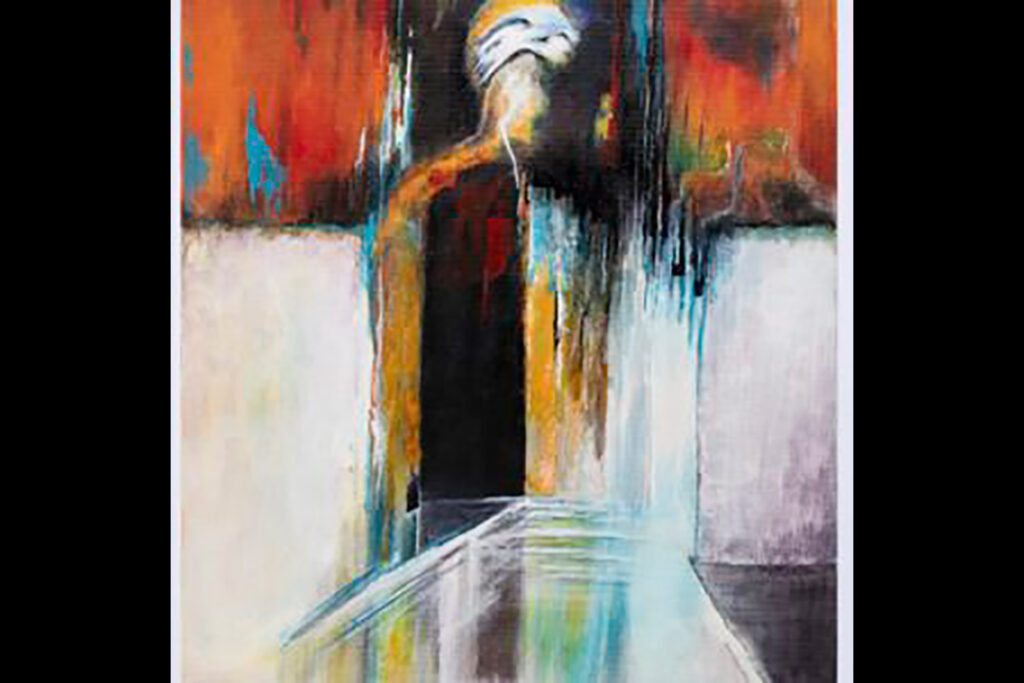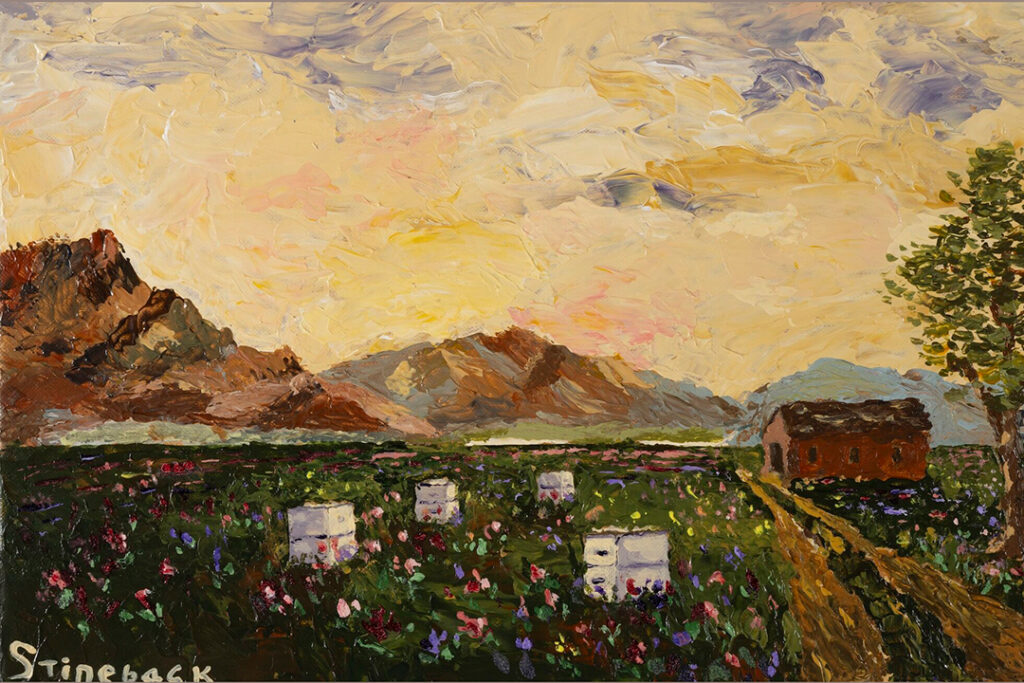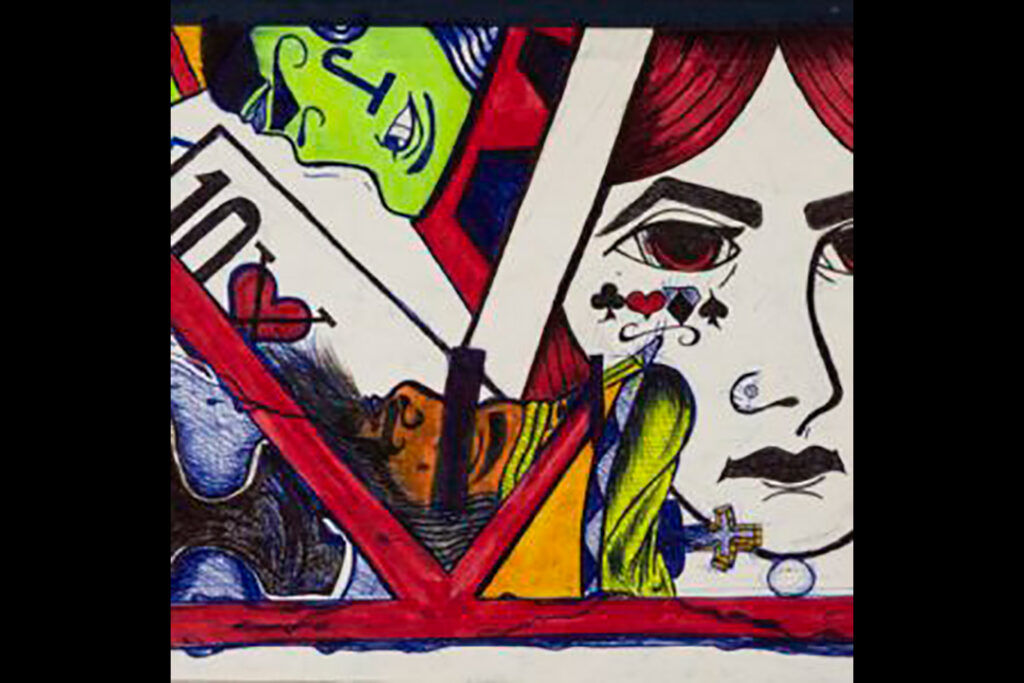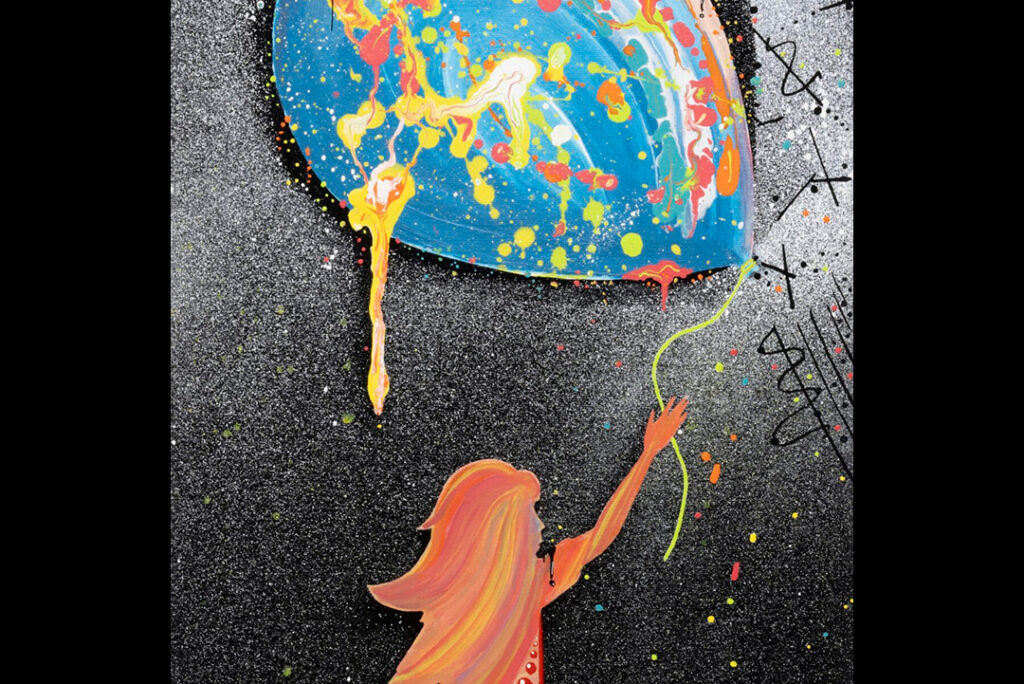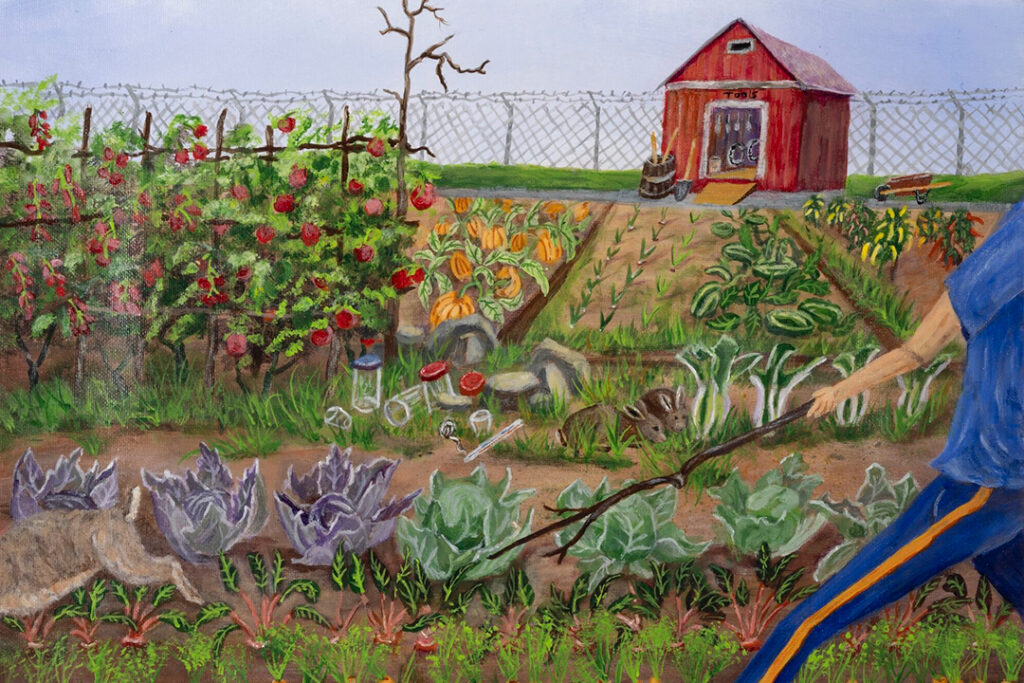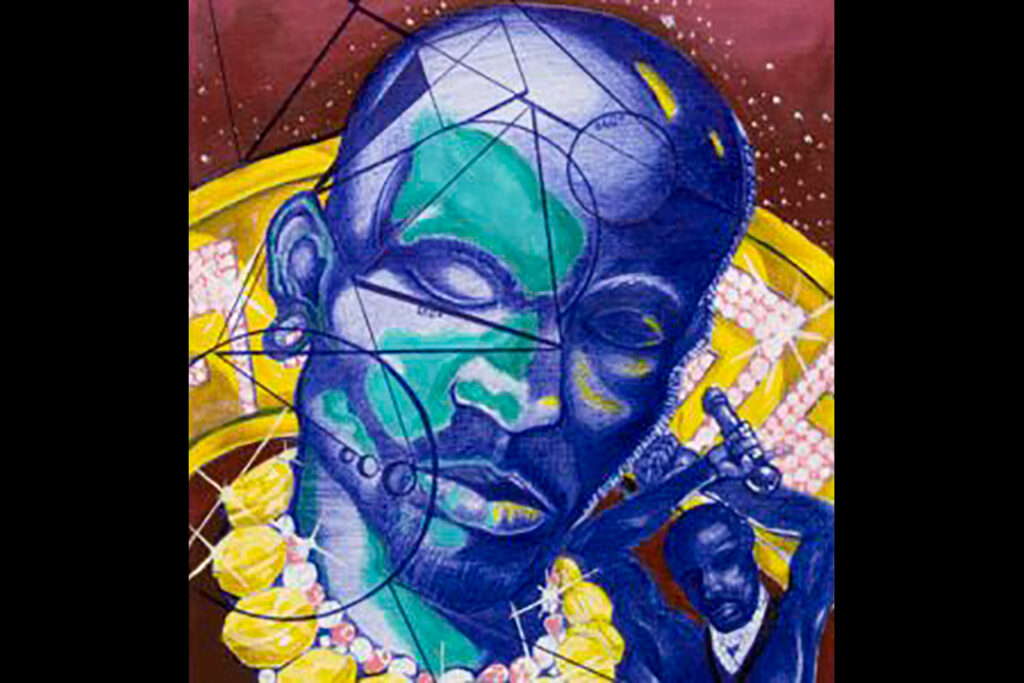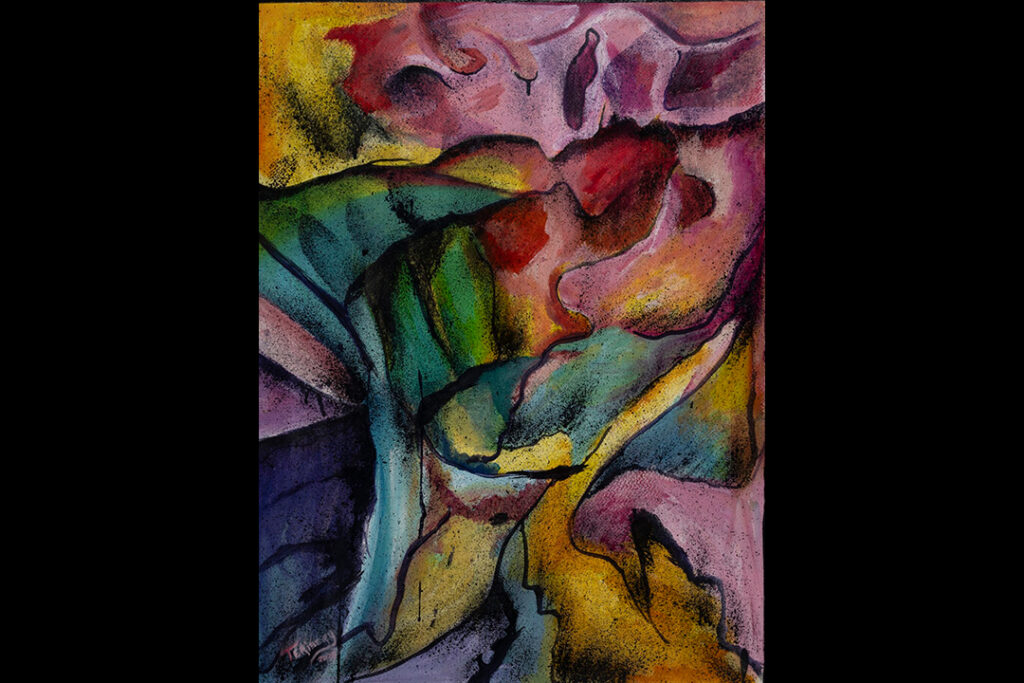Ono highlights impact of state support on student success, affordability, economic growth
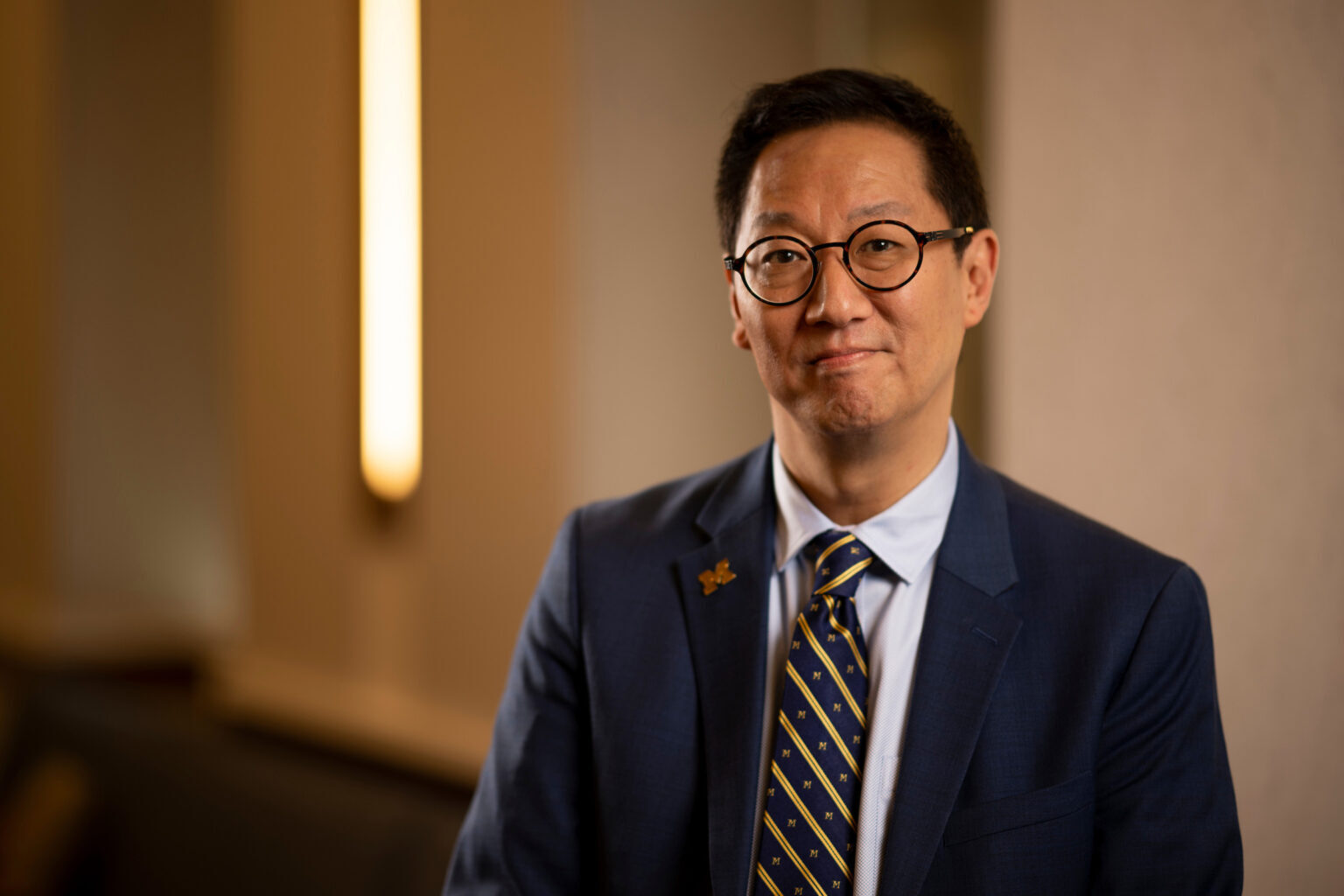
In testimony before the Michigan House Appropriations Subcommittee on Higher Education and Community Colleges in Lansing on April 30, President Santa J. Ono reinforced the vital role state funding plays in furthering the success of students, driving economic development, and maintaining affordable access to a world-class higher education experience for students across the state.
-
Good science changes: That’s a good thing
Throughout history, the process of discovery has always involved correcting mistakes, clarifying our understanding, and adding deeper shades of nuance. These changes in our knowledge are features of science, not bugs.
-
Trapping ocean microplastics
Some 8 million tons of plastic trash enter the ocean each year, most of which is battered into microplastics. U-M researchers can now spot these harmful flecks, tracking where they enter the water, how they move, and where they tend to collect around the world.
-
University lifts spending restraints imposed during pandemic
The decision follows the approval June 17 of the University’s consolidated budget plan for the coming fiscal year. That budget includes funding for a modest salary program for University employees and a $15-an-hour minimum wage for regular U-M employees on all campuses.
-
‘No laughing matter’
Nearly 100 years before the 2020 coronavirus pandemic would unleash a wave of anti-Asian bias, a smaller but similar prejudice rippled across the U-M campus. It started with the 19th annual production of the Michigan Union Opera’s musical comedy, ‘Tickled to Death.’
-
U-M is top U.S. public university in QS World Rankings
U-M was ranked as the top U.S. public university in the latest QS World University Rankings for 2021. The University has maintained its top ranking since 2016, and ranked 21st overall among more than 1,000 institutions on the list.
-
Schools, parents should use summer to prepare their K-12 students for fall in-person classes
Now that many schools nationwide have announced plans to hold in-person sessions this fall, questions have been raised about what’s next for students who spent much of the last year learning virtually during the COVID-19 pandemic. A U-M expert seeks to answer them.
Columns
-
President's Message
Reaffirming our focus on student access and opportunity
U-M seeks to ensure every student will rise, achieve, and fulfill their dreams. -
Editor's Blog
Peace out
It's a mad, mad, mad, mad world out there. -
Climate Blue
Keeping our focus on climate
As federal support for climate science wanes, Ricky Rood remains hopeful. -
Health Yourself
Are you an ‘ager’ or a ‘youther’?
Why do some people appear younger or older than people born in the same year?
Listen & Subscribe
-
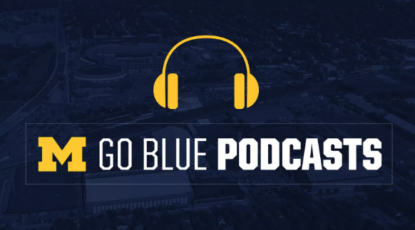
MGo Blue podcasts
Explore the Michigan Athletics series "In the Trenches," "On the Block," and "Conqu'ring Heroes." -
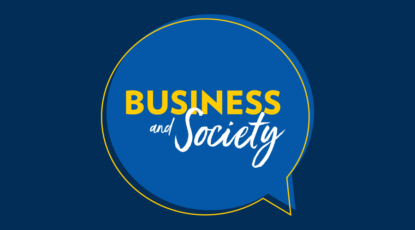
Michigan Ross Podcasts
Check out the series "Business and Society," "Business Beyond Usual," "Working for the Weekend," and "Down to Business." -
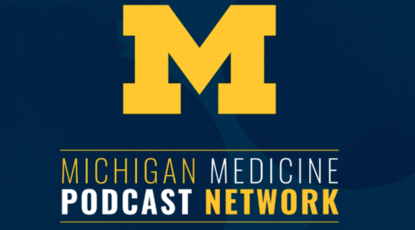
Michigan Medicine Podcasts
Hear audio series, news, and stories about the future of health care.
Creativity and connection across prison walls
One of the world’s largest and longest-running exhibitions of incarcerated artists is back with new programming designed to foster connection and deepen public understanding of incarceration in Michigan. The 29th annual Exhibition of Artists in Michigan Prisons, curated by U-M’s Prison Creative Arts Project, showcases 772 artworks by 538 artists incarcerated in 26 state prisons. The Duderstadt Center Gallery on U-M’s North Campus is presenting the artwork through April 1.




